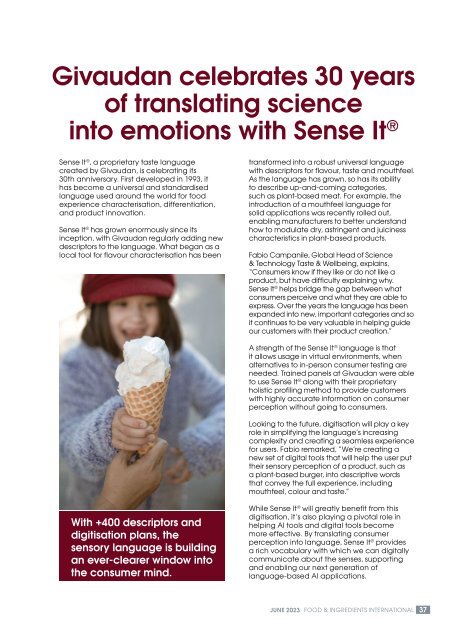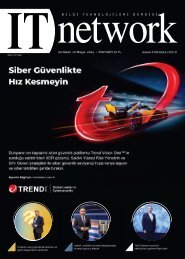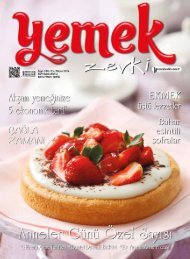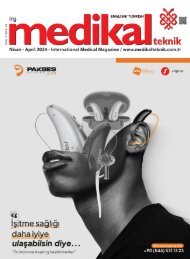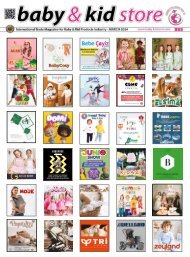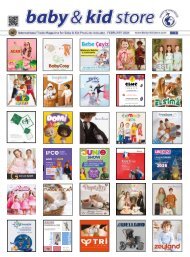Food & Ingredients June 2023
Create successful ePaper yourself
Turn your PDF publications into a flip-book with our unique Google optimized e-Paper software.
Givaudan celebrates 30 years<br />
of translating science<br />
into emotions with Sense It ®<br />
Sense It ® , a proprietary taste language<br />
created by Givaudan, is celebrating its<br />
30th anniversary. First developed in 1993, it<br />
has become a universal and standardised<br />
language used around the world for food<br />
experience characterisation, differentiation,<br />
and product innovation.<br />
Sense It ® has grown enormously since its<br />
inception, with Givaudan regularly adding new<br />
descriptors to the language. What began as a<br />
local tool for flavour characterisation has been<br />
transformed into a robust universal language<br />
with descriptors for flavour, taste and mouthfeel.<br />
As the language has grown, so has its ability<br />
to describe up-and-coming categories,<br />
such as plant-based meat. For example, the<br />
introduction of a mouthfeel language for<br />
solid applications was recently rolled out,<br />
enabling manufacturers to better understand<br />
how to modulate dry, astringent and juiciness<br />
characteristics in plant-based products.<br />
Fabio Campanile, Global Head of Science<br />
& Technology Taste & Wellbeing, explains,<br />
“Consumers know if they like or do not like a<br />
product, but have difficulty explaining why.<br />
Sense It ® helps bridge the gap between what<br />
consumers perceive and what they are able to<br />
express. Over the years the language has been<br />
expanded into new, important categories and so<br />
it continues to be very valuable in helping guide<br />
our customers with their product creation.”<br />
A strength of the Sense It ® language is that<br />
it allows usage in virtual environments, when<br />
alternatives to in-person consumer testing are<br />
needed. Trained panels at Givaudan were able<br />
to use Sense It ® along with their proprietary<br />
holistic profiling method to provide customers<br />
with highly accurate information on consumer<br />
perception without going to consumers.<br />
Looking to the future, digitisation will play a key<br />
role in simplifying the language’s increasing<br />
complexity and creating a seamless experience<br />
for users. Fabio remarked, “We’re creating a<br />
new set of digital tools that will help the user put<br />
their sensory perception of a product, such as<br />
a plant-based burger, into descriptive words<br />
that convey the full experience, including<br />
mouthfeel, colour and taste.”<br />
With +400 descriptors and<br />
digitisation plans, the<br />
sensory language is building<br />
an ever-clearer window into<br />
the consumer mind.<br />
While Sense It ® will greatly benefit from this<br />
digitisation, it’s also playing a pivotal role in<br />
helping AI tools and digital tools become<br />
more effective. By translating consumer<br />
perception into language, Sense It ® provides<br />
a rich vocabulary with which we can digitally<br />
communicate about the senses, supporting<br />
and enabling our next generation of<br />
language-based AI applications.<br />
JUNE <strong>2023</strong> FOOD & INGREDIENTS INTERNATIONAL<br />
37


